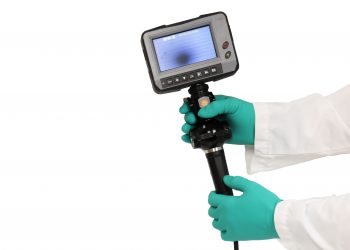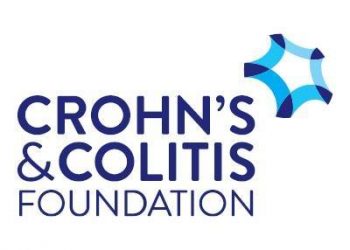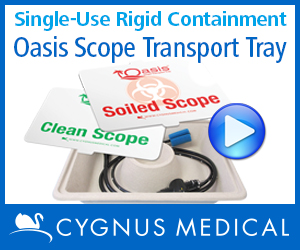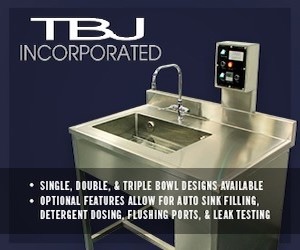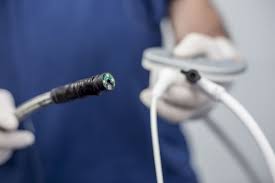Latest News
Healthmark Offers Self-Seal CLEAN Bag
Healthmark Industries has announced the addition of the Self-Seal CLEAN Bag to its Bags & Dust Covers product...
Healthmark Offers the Clean Label
Healthmark Industries has announced the addition of the Clean Label to its Labeling line. Manufactured to convey key...
Takeda Launches Wearable Digital Technology Pilot Program to Support Patients and Healthcare Providers with Inflammatory Bowel Disease Management
Takeda Pharmaceuticals U.S.A., Inc. ("Takeda"), announced the launch of a pilot digital technology program to support patients and...
Quick Turnover 2-Part Clean-Dirty Label
Healthmark Industries is excited to announce the Quick Turnover...
TBJ NEW SCOPE PRE-CLEANING SINKS
TBJ’s new Scope Pre-Cleaning sink product line provides a...
Arm Sleeves for Prep & Pack
Healthmark Industries is pleased to announce the addition of...
Washable Keyboard and Mouse
Healthmark Industries has introduced the Washable Keyboard and Mouse to...
Healthmark Industries Offers Gown with Thumb Loop
Healthmark Industries has announced the addition of Gown with Thumb...
HydroCheck™ Moisture Detection
Healthmark Industries is pleased to announce the introduction of the...
New Ventaire™ Scope Drying and Tracking Cabinet
InnerSpace, a Solaire Medical Company, today announced the launch of...
Industry-related news
© 2023 Copyright. All Rights Reserved. Design & Developed by Insightful Technologies.






